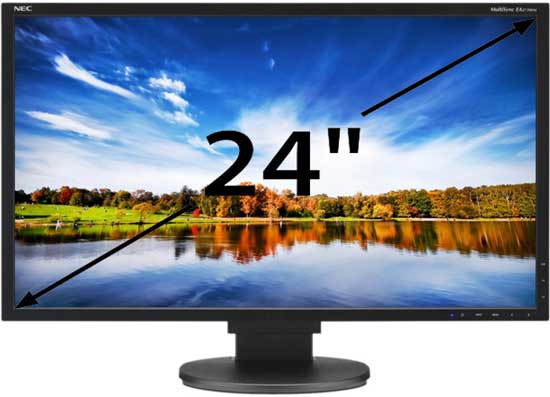LCD TV is
 Currently, there is a wide variety of equipment on store shelves, which differ not only in functionality, but also in appearance. The TV market was no exception. Just yesterday you could find many different models of TV devices that differed in size and color. Nowadays, it is difficult for an inexperienced user to choose among equally flat displays that differ only in diagonal size.
Currently, there is a wide variety of equipment on store shelves, which differ not only in functionality, but also in appearance. The TV market was no exception. Just yesterday you could find many different models of TV devices that differed in size and color. Nowadays, it is difficult for an inexperienced user to choose among equally flat displays that differ only in diagonal size.
However, to say that the presented equipment is the same is to lie, because TVs today, if they do not differ in appearance, then differ in functionality, as well as in the technology for displaying images on the screen. Some of the first televisions that featured a flat screen were LCD devices.
The content of the article
LCD TV - description, when it appeared
Liquid crystals were originally discovered in 1888, later in 1927 the so-called “Fredericksz effect” was discovered. This effect consists in the ability of a crystal surface molecule to change position when exposed to an electromagnetic wave. The very principle of operation of LCD displays is based on the Fredericks effect.
 In simple words, an LCD device consists of small cells, each of which contains crystals that change their optical properties under the influence of voltage. Each crystal is illuminated with a special backlight, and many such cells form an image.
In simple words, an LCD device consists of small cells, each of which contains crystals that change their optical properties under the influence of voltage. Each crystal is illuminated with a special backlight, and many such cells form an image.
REFERENCE! The very first LCD screens appeared in the 70s, were black and white and were used mainly in electronic watches and measuring instruments. In 1987, the first color liquid crystal screen with a diagonal of no more than 3 inches was presented to the public.
LCD TVs have replaced devices that work with a kinescope. They gained their popularity due to their relatively small size and high image quality. Also, LCD TVs have a relatively low price, which also makes them very attractive.
At the moment, such TVs come in a wide variety of models, which differ both in size and diagonal size, and in image quality.
How to choose an LCD TV
 In order for the choice of TV to be competent, the main criteria should be highlighted. Why you should choose such a device.
In order for the choice of TV to be competent, the main criteria should be highlighted. Why you should choose such a device.
- Permission. This parameter is directly responsible for the quality of the picture and is determined by the size of the vertical and horizontal sides in pixels. At the moment, the best devices are screens with UHD resolution, which has a dimension of 3840 by 2160 pixels.
- Aspect ratio. This is the ratio of width and height. There are a variety of models, but the standard ones usually have ratios like 4:3, 8:5, 16:9, etc.
- Contrast – this parameter characterizes the ratio of the brightest and darkest point on the monitor. Typically, manufacturers increase this parameter by making the black color darker, which allows them to achieve new contrast values.
- Brightness. The amount and intensity of light that the screen emits.
- Response time. The speed of brightness switching within one cell. Measured in milliseconds.
- Viewing angle.This parameter displays the angle at which the image is not distorted and does not lose its basic parameters.
In order to choose the best TV model, you should take into account all these parameters, as well as the matrix model, the quality of the manufacturer's products, and, of course, the price range. After all, often, the higher the price, the better the parameters of this device.





